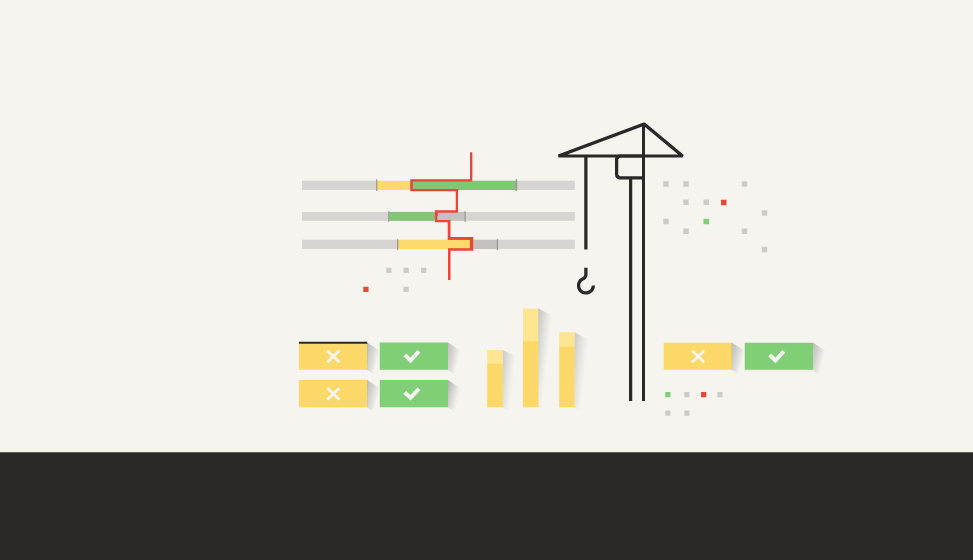You Can’t Improve What You Can’t Measure The Marginal Gains Approach

In any project, knowing where you stand is pivotal for improvement, and this is especially true in construction project management. The sector's challenge in enhancing performance and productivity is compounded by the unique nature of each project. This blog examines the importance of clear metrics in identifying strengths and areas for improvement, drawing on the “marginal gains” philosophy used by the British cycling team.
When taking over as the British cycling team's performance director in 2003, Sir Dave Brailsford decided to take a surprising approach: Convinced that every single element of racing – no matter how seemingly insignificant – affects the entire whole, he began searching for teeny-tiny margins of improvement, saying: “If I break down everything I can think of that goes into riding a bike, and then improve it by 1%, I should get a significant increase when I put them all together”.
He proved to be right. Only one percent of improvement led to Olympic gold.
The cumulative effect of many minor changes in often overlooked areas – such as using heated shorts to keep the muscles warm or rubbing alcohol on the tires for a better grip – led to overwhelming success. Just five years after Brailsford took over, the Brits dominated the Olympic Games in Beijing winning 60% of all gold medals in their discipline, and, another four years later, set seven world records.
Applying Marginal Gains To Construction
Now serving as one of the guiding principles of sports coaching, Brailsford’s “Marginal Gains Approach” demonstrates how breaking down large entities into smaller, measurable segments can lead to a remarkable efficiency boost.
It’s a philosophy that also offers valuable lessons for the construction industry. When dissecting and individually analysing each component of a building project, project managers and site teams can find many and diverse opportunities to enhance work processes. Analysing work plans, for instance, by regularly quantifying completion rates of planned tasks versus actual progress, they can gain deep insights into the efficiency of both scheduling as well as execution, enabling targeted and proactive strategies for improvement.
The Uniqueness Of Construction Projects
If we want to elevate project performance this way, we need to be able to measure effectively. However, the diverse activities, stakeholders, and complexities involved in each building project make performance assessment a daunting task. Traditional methods, based on manual data collection, are not only time-consuming and error-prone, but also can’t provide the appropriate depth and granularity.
On top of it, every construction project is very distinct. The conditions, execution, and configuration can vary greatly from one project to another. This uniqueness poses a big challenge in assessing performance and productivity. Unlike the manufacturing sector, where processes are often standardised, construction projects are akin to prototypes, making it difficult to establish consistent performance benchmarks. We need a more robust approach.
Tech’s Role For Precise Metrics
This is where modern technologies are key: They play a crucial role in granular evaluation, allowing us to precisely identify what is needed, where and when. Technological advancements, such as BIM, IoT, AI, and sophisticated project management software, are the main enablers of this new paradigm. They offer real-time data essential for informed decision-making, advanced collaboration, and process optimization, providing a solid foundation for achieving marginal gains throughout the project.
This is the mantra we need to embrace if we want to enter the new era of modern construction: Improvement needs precise measurement; Precise measurement needs reliable data. And this is what Performance-Driven Construction Management (PDCM) practices are all about: They have the power to foster a responsive, dynamic culture of collaboration, continuous progress, and consistent motivation, driving our entire industry toward greater efficiency, sustainability, and productivity.

Discover More
Interested in diving deeper into the world of construction efficiency and the marginal gains philosophy? Explore further insights by reading our comprehensive whitepaper.


